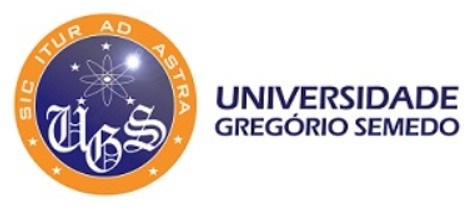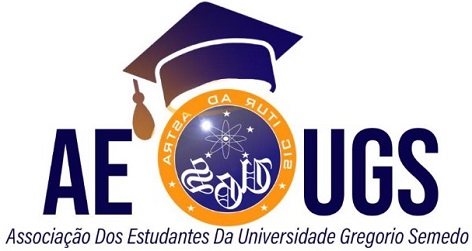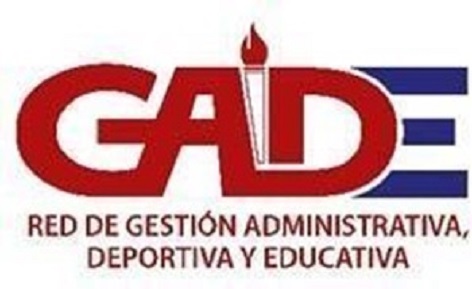Uniform Requirements for Original article
The original manuscript must be written in Microsoft Word language, Verdana font 10 with 1.5 line spacing spaces throughout the manuscript, with margins 2.5 cm, no indentation, tabs or any other design attribute. should not exceed 28 to 30 lines per sheet, for a maximum of 20 and a minimum of 10 pages per job. The official language in which the article will be published is Portuguese, the full text will be translated into English and will also have a title and abstract in Spanish.
An original article should have the following structure in its content:
- Title: Contains the subject of research and reflects the main solution to the problem investigated with no more than 15 words. It is recommended not to nor where or when of the investigation. And you must have a version in English.
- Abstract: It comes in a single text block whose content has to be structured (Introduction-Materials and Methods-Results-Discussion). It provides an extract in Spanish and English for each of the main sections of the article in no more than 250 words. It should be written in the past tense, impersonal tone without abbreviations, references to the main text, notes, footnotes or references. This section must contain in summary form the basis of the study, its purpose or objective and scope of the investigation; mention the materials and methods used to achieve the goal; Commenting on the results of greater impact, and continued to state the conclusions of greater significance and importance. must not contain any information not in the article body.
- Keywords: List from 3 and 8 words alphabetically ordered that represent the results of the investigation. This section is essential for proper indexing and retrieval of the article.
- Introduction: It must be written in the present tense, with a descriptive and narrative style because it addresses the problem that exists, and admitted to knowledge and published on the subject so far to initiate the investigation. Includes theoretical and rationale of the study describing the what and why of research. The problematic situation (specific reality of interest) should be presented in a pragmatic way for readers interested in the solution, and should be exposed the literature review so that the reader understands what the loophole in the state of knowledge and possible research gaps. This section should conclude arriving to the main purpose or objective of the research, also highlighting the importance and scope of the solution.
- Materials and Methods: Most of this section should be written last with a descriptive style that allows inform the main criteria for selecting the methods to be used in correspondence with the purpose of research, time and scenarios to study well and discuss the main limitations of the research. This section states the unit of analysis of the study, the different techniques and methods to be used for collection, processing and analysis of data; enunciating the scientific research methodology used in the research. Here also it states in investigations that require the use of acronyms, measurement systems, etc. This section is critical because the cornerstone of the scientific method requires that the results obtained, to have scientific value, they are reproducible; and so that the results are considered reproducible, it is necessary to provide the basis for others to repeat the research and get the results. Ethics Observation is required impartiality and anonymity in some studies, when describing surveys, diagnosis, experiments on humans, etc. indicate whether the procedures followed were in accordance with the ethical standards of the editorial board of the institution that oversees investigations.
- Results: Exposure of the results must be written in the past tense with descriptive and narrative style but with a very clear writing, without excessive use of verbs and preferably this section should be brief. Here never informed experimental details are repeated in the section of materials and methods, if necessary reference only as specified in this section is made. This section should focus on those results that provide solutions to the problem because they respond to the research question and research objectives. The exhibition should focus on the findings, their significance, implications, limitations, etc. Here representative and not repetitive data are available, you must demonstrate discernment and discrimination unrepresentative when results provide new data. They can be used to better illustrate large volumes of data up to a total of 8 tables, tables, figures, maps or self-explanatory, but you should never to repeat these data plotted in the text. It requires that these illustrations have consecutive number, and in the case of tables its title and source of information at the top is annotates, while the rest of the figures acotaran at the bottom. Remember that the source of information should be referenced as the bibliographical journal style. These images must be in JPG format and have good resolution.
- Discussion: verbose language should be avoided, the style should be simple and precise with wording of argumentative type, here the results are interpreted and presented not return to recapitulate, you should make judicious use of the controversy and constructive debate. Its purpose is to show the relationships between the observed facts. So first, the information connotes research, or those interpretations sufficient importance and significance that differentiate it from other research is offered; and then, with the results available in the literature (second literature review) to define whether they agree (or not) with what exists in the state of art are contrasted. If applicable, also expose the theoretical implications of their work and its possible practical applications. The discussion should end with a brief summary of the findings on the scope, limitations and significance of the research.
- Acknowledgements (optional): Its purpose is courtesy and gratitude and are not always necessary. It should acknowledge the external financial technical assistance (person, institution, organization, etc.) and (grants, contracts, projects, grants, etc.); and collaborations that should be acknowledged but do not justify authorship.
- References:
* Must use the APA 7th edition bibliographic style
* It must exclusively include the works cited within the text and also include the percent (more than 50%) of updating in the last 5 years required in the bibliographic review of the state of the art.
* References to unpublished data should be limited as presentations to events without ISSN, summaries, dissertations, theses, reports, etc. and Latin locutions are accepted.
This journal uses the manager or manager of bibliographic references, with free access Zotero. It allows users to create their own database (library) where they can: save, manage, search, organize and quote sources of all kinds. Zotero has a plugin called "Connector" that resides in the Firefox browser and works in addition with Safari and Chrome browsers. This magazine uses the versions of Zotero: 5.0.30; 5.0.36; 5,037; 5,041 For more information, see: https://www.zotero.org




